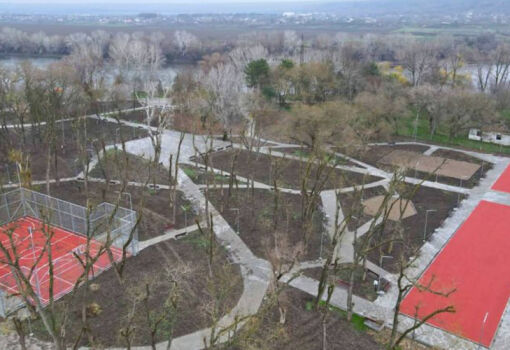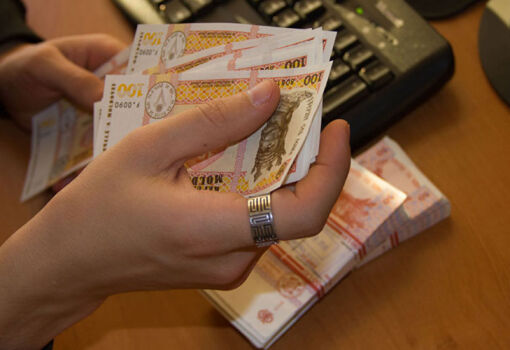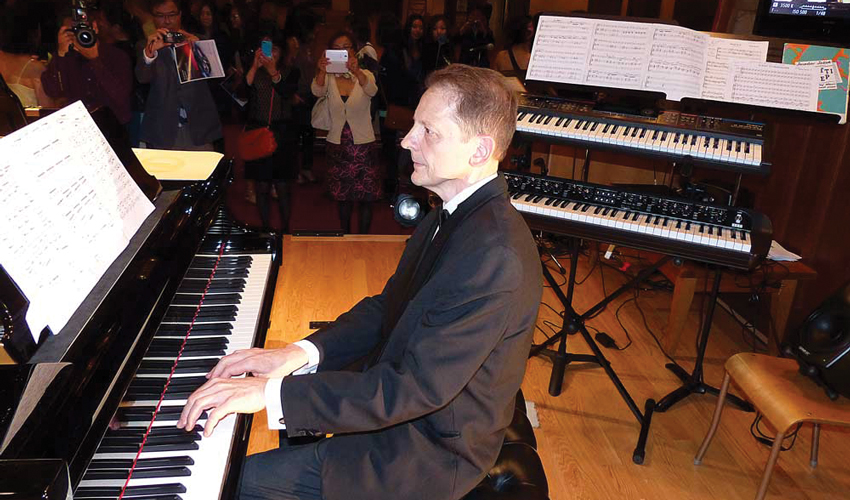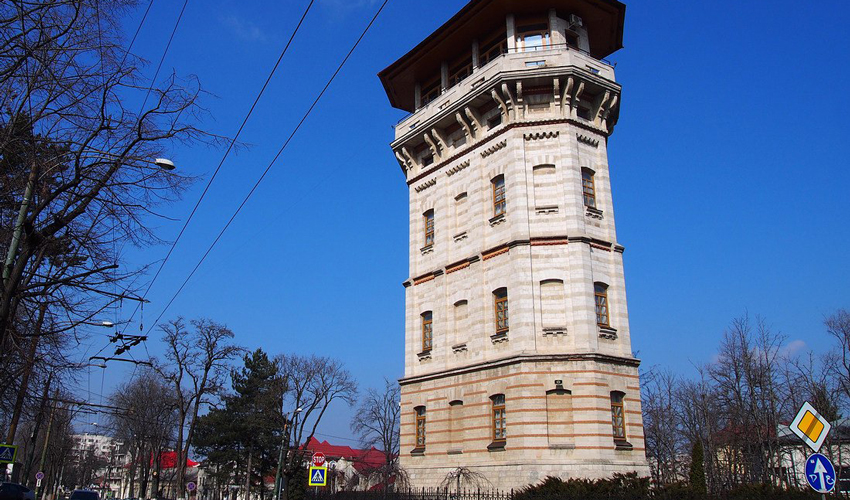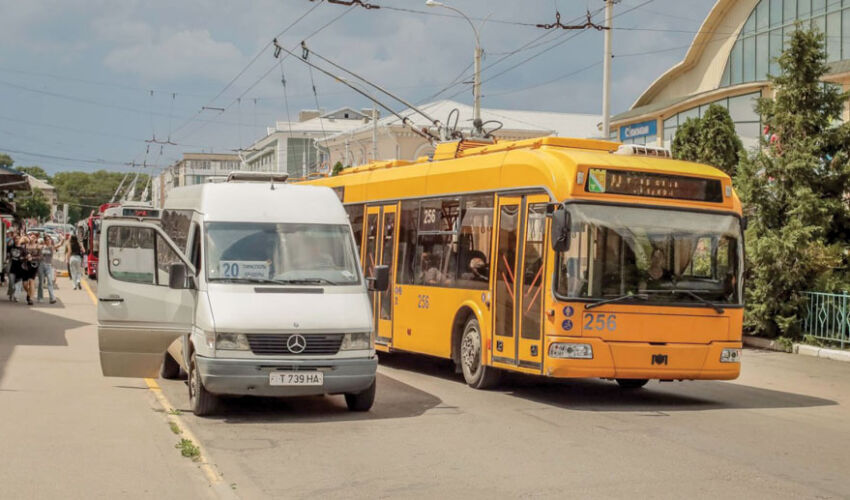
But for passengers there are no restrictions on payment methods: if it is more convenient for a person to pay for a trip in cash, this option remains.
The transport sector was the only one in the economy of the unrecognized PMR where cash registers were not used. It is not by chance that the project of introducing electronic fare payment is called a “tax” project. In addition to the main function of fare payment, the validator allows for GPS control of route compliance and on-time shift departure. It is possible to track the movement of vehicles via an application in a cell phone.
Another unusual rule is also introduced: if a validator is available in the minibus and the passenger is ready to pay with a bank card, but the driver prevents this, then the passenger can ride for free. The driver’s excuses that the validator is broken or switched off are not accepted. This is written in one of the paragraphs of the decree of the government of the unrecognized PMR. Obviously, this measure is aimed at disciplining drivers: if there is an electronic system, then it must work. And if there is no validator, the driver will be fined.
All vehicles must be equipped with validators by July 1, 2025. At present, all city shuttle buses that run in Tiraspol are already equipped with validators. The rest are ready to install it. Following Tiraspol, the project is planned to be implemented in Bender and Ribnita.
The implementation of the project started back in November 2021, when, in order to implement the automated fare payment system in public transport (AFC), the state budget for 2022 included expenses worth about 3.5 million rubles for the purchase of validators. The approved three-year plan for the implementation of AFC was estimated at Br5.32 million. This money was to be used to purchase validators, as well as software for them (a stationary validator is fixed in the vehicle cabin, a mobile validator is in the hands of the driver or controller).
In July 2024, the PMR government approved the mechanism of implementation and rules of use of the automated fare payment system in public transport on regular routes of urban, suburban and intercity transportation. For trolleybuses, the deadline was set for September 2024. For minibuses it was planned to introduce AFC from January 1, 2025, but the plans were moved up by six months.
The authorities of the unrecognized republic believe that the introduction of the electronic system will make the financial indicators of transport more transparent, the real passenger flow, fuel costs and other expenses will be visible, which will eventually allow making economically sound decisions on the development of passenger transportation.








